The Communist Plot to Assassinate George Orwell
Goodbye, Catalonia
via Arts and Letters Daily: Duncan White at Literary Hub

via Custom House
When George Orwell returned to Barcelona for the third time, on June 20th, 1937, he discovered that the Spanish secret police were after him. He had been forced to return to the front in order to have his discharge papers countersigned and, in his absence, the Communists had initiated a purge of their perceived enemies. Orwell was on the list. As he arrived in the lobby of the Hotel Continental, Eileen [Orwell’s wife] approached him calmly, placed her arm around his neck, and smiled for the benefit of anyone watching.
Continue reading
I am, perhaps, a little less confused about the Spanish Civil War and the work of the International Brigade after reading this.
==============================
How Walt Whitman Disguised His Poems About Male Love
posted by S. Abbas Raza in 3 Quarks Daily: Sarah Poole in University of Virginia Magazine:
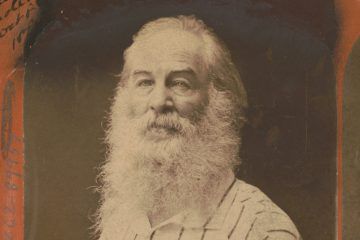
LIBRARY OF CONGRESS
Fredson Bowers didn’t know what he would find when he began digging into the disordered stack of 230 loose pages – all from 19th-century Walt Whitman manuscripts – that landed on his desk in 1951.
But for Bowers, a revered UVA English professor, the papers formed a massive puzzle waiting to be fit together. They were an “opportunity for literary detective work … that was of the highest interest to attempt,” he wrote in 1959.
Continue reading
==============================
This animated video shows how a combination padlock works
via Boing Boing by Mark Frauenfelder
Animator Jared Owen made an excellent animated video that clearly shows how a combination lock works.
==============================
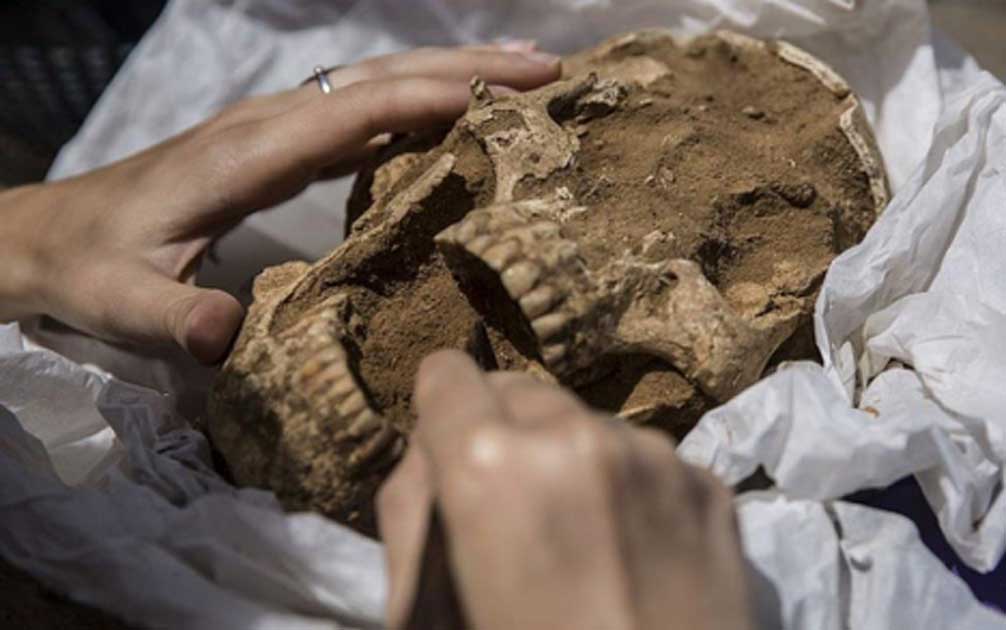 10 of the Best Poems about Memory and Remembering
10 of the Best Poems about Memory and Remembering
via Interesting Literature

Percy Shelley
Memory, as a wise writer once put it, is the thing we forget with. But poetry, of course, is bound up with the idea of remembering, recollecting, reflecting, memorialising … so here are ten of the very best poems about remembering, memories, remembrance, nostalgia, and related themes.
Continue reading
==============================
Mathematicians And Neuroscientists Have Created The First Anatomically Accurate Model That Explains How Vision Is Possible
posted by S. Abbas Raza in 3 Quarks Daily: Kevin Hartnett in Quanta:
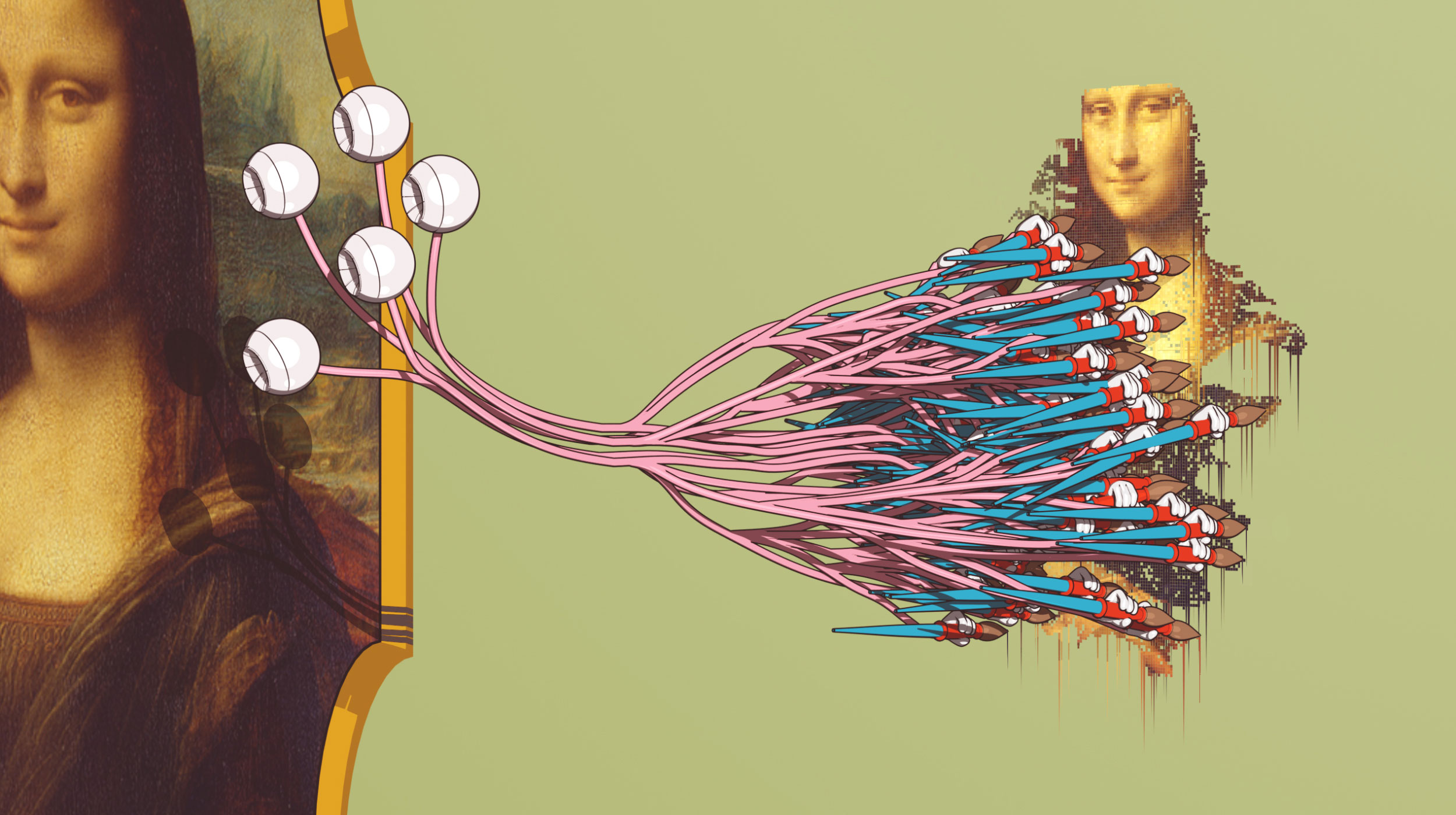
This is the great mystery of human vision: Vivid pictures of the world appear before our mind’s eye, yet the brain’s visual system receives very little information from the world itself. Much of what we “see” we conjure in our heads.
“A lot of the things you think you see you’re actually making up,” said Lai-Sang Young, a mathematician at New York University. “You don’t actually see them.”
Continue reading
==============================
From ball pits to water slides: the designer who changed children’s playgrounds for ever
via the Guardian by Nicholas Hune-Brown
Eric McMillan revolutionised playground design in the 1970s. Why has the spirit of experimental play that he championed been lost?

Photograph: Barry Lewis/Alamy
Before he built the world’s greatest playground and transformed the world of children’s design, Eric McMillan had spent little time thinking about how kids played. In 1971, the 29-year-old English immigrant was a design consultant living in Toronto, Canada – a sleepy city whose nickname “Toronto the Good” both referenced the place’s lingering Victorian moral rectitude and seemed to set a hard ceiling on its expectations for greatness. It would never be Toronto the exceptional, and the locals seemed content with that.
Continue reading
==============================
The snail cosmology of medieval manuscripts
via Boing Boing by Cory Doctorow
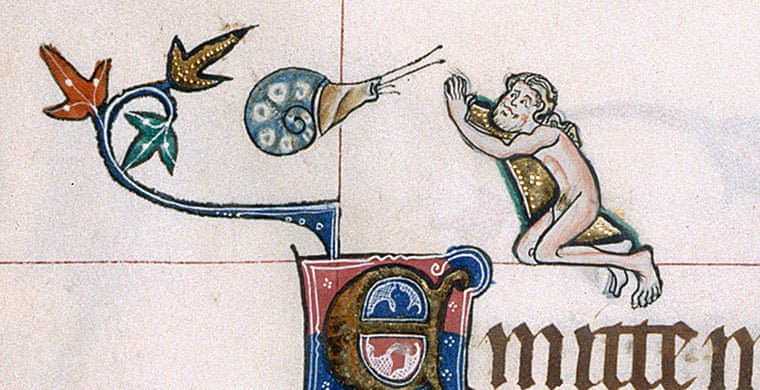
We're no strangers to the delights of the rude drawings that monks doodled in the margins of medieval manuscripts around here (1, 2, 3), but University of Bonn medievalist Erik Wade's epic Twitter thread on the astonishing variety of snail-doodles is genuinely next-level.
Please, please continue reading as you will find several amazing images of snails and links to yet more!
==============================
The Epic of Gilgamesh Unveiled: Enlightenment and Source of Religions
via Ancient Origins by Gordon Board
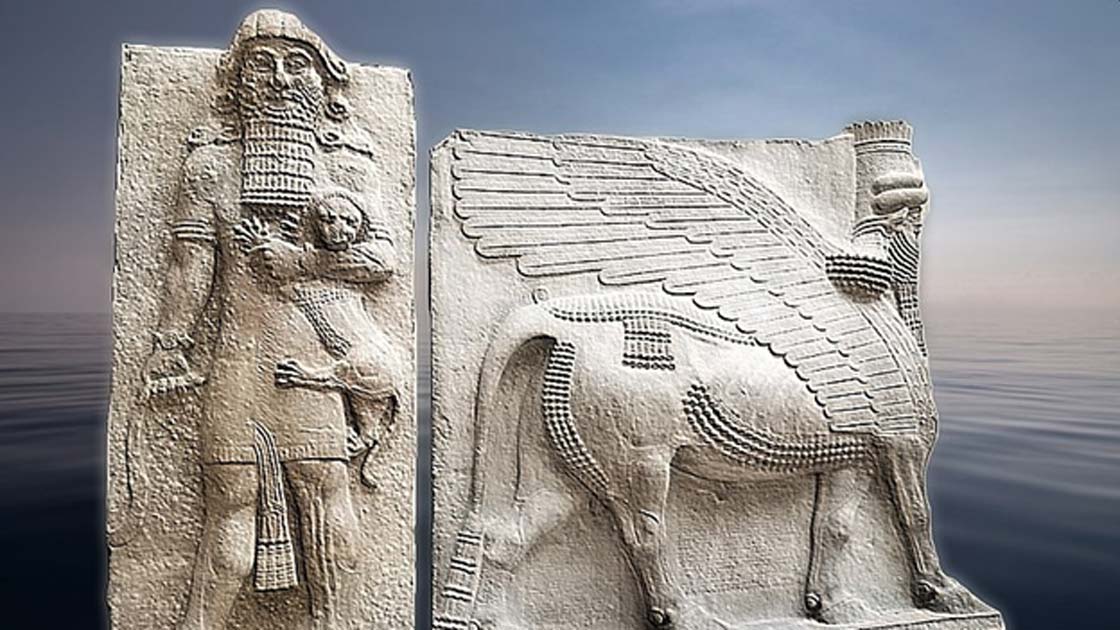
Work using the Statue of Gilgamesh and Lamassu. Source: CC BY 4.0
This retelling of key parts of the Epic explores the unconventional idea that Gilgamesh was not searching for life eternal on Earth, as has been suggested as the theme of the Epic, but was instead searching for the means of transport to return to his goddess mother Ninsun’s home planet in the heavens. With some degree of poetic license, the author merges some ideas from modern science and technology with the story from the ancient text.
Part 1 of this interpretation of the epic told of the birth of Gilgamesh, his tyrannical rule and the creation of a being to rival his power and also become his companion. Together he and his new friend have defeated Humbaba, who Gigamesh had wrongly suspected was guarding some portal or spaceship that could go to other lands. He has just rebuffed a request of marriage from Ishtar, which angered the goddess.
Continue reading
==============================
A Short Analysis of the Shakespeare Song ‘It Was a Lover and His Lass’
via Interesting Literature
If one phrase above all others sums up Elizabethan song-making, it’s ‘hey nonny nonny’. There’s plenty of hey-nonny-nonnying going on in the song ‘It Was a Lover and His Lass’ from As You Like It; excitingly, copies of the original sheet music (by Thomas Morley) have survived from the early seventeenth century. Here’s the text of the song ‘It Was a Lover and His Lass’, followed by some words of comment and analysis.
Continue reading (and listen to an audio rendition of the song, link at the end)
Goodbye, Catalonia
via Arts and Letters Daily: Duncan White at Literary Hub

via Custom House
When George Orwell returned to Barcelona for the third time, on June 20th, 1937, he discovered that the Spanish secret police were after him. He had been forced to return to the front in order to have his discharge papers countersigned and, in his absence, the Communists had initiated a purge of their perceived enemies. Orwell was on the list. As he arrived in the lobby of the Hotel Continental, Eileen [Orwell’s wife] approached him calmly, placed her arm around his neck, and smiled for the benefit of anyone watching.
Continue reading
I am, perhaps, a little less confused about the Spanish Civil War and the work of the International Brigade after reading this.
==============================
posted by S. Abbas Raza in 3 Quarks Daily: Sarah Poole in University of Virginia Magazine:

LIBRARY OF CONGRESS
Fredson Bowers didn’t know what he would find when he began digging into the disordered stack of 230 loose pages – all from 19th-century Walt Whitman manuscripts – that landed on his desk in 1951.
But for Bowers, a revered UVA English professor, the papers formed a massive puzzle waiting to be fit together. They were an “opportunity for literary detective work … that was of the highest interest to attempt,” he wrote in 1959.
Continue reading
==============================
via Boing Boing by Mark Frauenfelder
Animator Jared Owen made an excellent animated video that clearly shows how a combination lock works.
==============================
DNA Shows Biblical Philistines Came From Europe
via Ancient Origins

A skull from a 10th-9th century BC burial in the excavation of the Philistine cemetery in Ashkelon. New research on Philistine DNA reveals their southern European origins. Source: Tsafrir Abayov/Leon Levy Expedition
New research on Philistine DNA reveals that the Biblical enemies of the Israelites were newcomers to the region in the 12th century BC. Where did they come from? Their genes suggest Southern Europe.
An international team, led by scientists from the Max Planck Institute for the Science of Human History and the Leon Levy Expedition, retrieved and analyzed, for the first time, genome-wide data from people who lived during the Bronze and Iron Age (~3,600-2,800 years ago) in the ancient port city of Ashkelon, one of the core Philistine cities during the Iron Age.
This article originated from a press release by the Max Planck Institute for the Science of Human History titled, ‘ Ancient DNA sheds light on the origins of the Biblical Philistines’ .Source: Michal Feldman, Daniel M. Master, Raffaela A. Bianco, Marta Burri, Philipp W. Stockhammer, Alissa Mittnik, Adam J. Aja, Choongwon Jeong und Johannes Krause: Ancient DNA sheds light on the genetic origins of early Iron Age Philistines , Science Advances, DOI: 10.1126/sciadv.aax0061
==============================via Interesting Literature

Percy Shelley
Memory, as a wise writer once put it, is the thing we forget with. But poetry, of course, is bound up with the idea of remembering, recollecting, reflecting, memorialising … so here are ten of the very best poems about remembering, memories, remembrance, nostalgia, and related themes.
Continue reading
==============================
posted by S. Abbas Raza in 3 Quarks Daily: Kevin Hartnett in Quanta:

Information from the eye passes through a bottleneck before it gets to the brain’s visual cortex, which heavily processes the sparse signal. DVDP for Quanta Magazine
“A lot of the things you think you see you’re actually making up,” said Lai-Sang Young, a mathematician at New York University. “You don’t actually see them.”
Continue reading
==============================
via the Guardian by Nicholas Hune-Brown
Eric McMillan revolutionised playground design in the 1970s. Why has the spirit of experimental play that he championed been lost?

Photograph: Barry Lewis/Alamy
Before he built the world’s greatest playground and transformed the world of children’s design, Eric McMillan had spent little time thinking about how kids played. In 1971, the 29-year-old English immigrant was a design consultant living in Toronto, Canada – a sleepy city whose nickname “Toronto the Good” both referenced the place’s lingering Victorian moral rectitude and seemed to set a hard ceiling on its expectations for greatness. It would never be Toronto the exceptional, and the locals seemed content with that.
Continue reading
==============================
via Boing Boing by Cory Doctorow

We're no strangers to the delights of the rude drawings that monks doodled in the margins of medieval manuscripts around here (1, 2, 3), but University of Bonn medievalist Erik Wade's epic Twitter thread on the astonishing variety of snail-doodles is genuinely next-level.
Please, please continue reading as you will find several amazing images of snails and links to yet more!
==============================
via Ancient Origins by Gordon Board

Work using the Statue of Gilgamesh and Lamassu. Source: CC BY 4.0
This retelling of key parts of the Epic explores the unconventional idea that Gilgamesh was not searching for life eternal on Earth, as has been suggested as the theme of the Epic, but was instead searching for the means of transport to return to his goddess mother Ninsun’s home planet in the heavens. With some degree of poetic license, the author merges some ideas from modern science and technology with the story from the ancient text.
Part 1 of this interpretation of the epic told of the birth of Gilgamesh, his tyrannical rule and the creation of a being to rival his power and also become his companion. Together he and his new friend have defeated Humbaba, who Gigamesh had wrongly suspected was guarding some portal or spaceship that could go to other lands. He has just rebuffed a request of marriage from Ishtar, which angered the goddess.
Continue reading
==============================
via Interesting Literature
If one phrase above all others sums up Elizabethan song-making, it’s ‘hey nonny nonny’. There’s plenty of hey-nonny-nonnying going on in the song ‘It Was a Lover and His Lass’ from As You Like It; excitingly, copies of the original sheet music (by Thomas Morley) have survived from the early seventeenth century. Here’s the text of the song ‘It Was a Lover and His Lass’, followed by some words of comment and analysis.
Continue reading (and listen to an audio rendition of the song, link at the end)
No comments:
Post a Comment